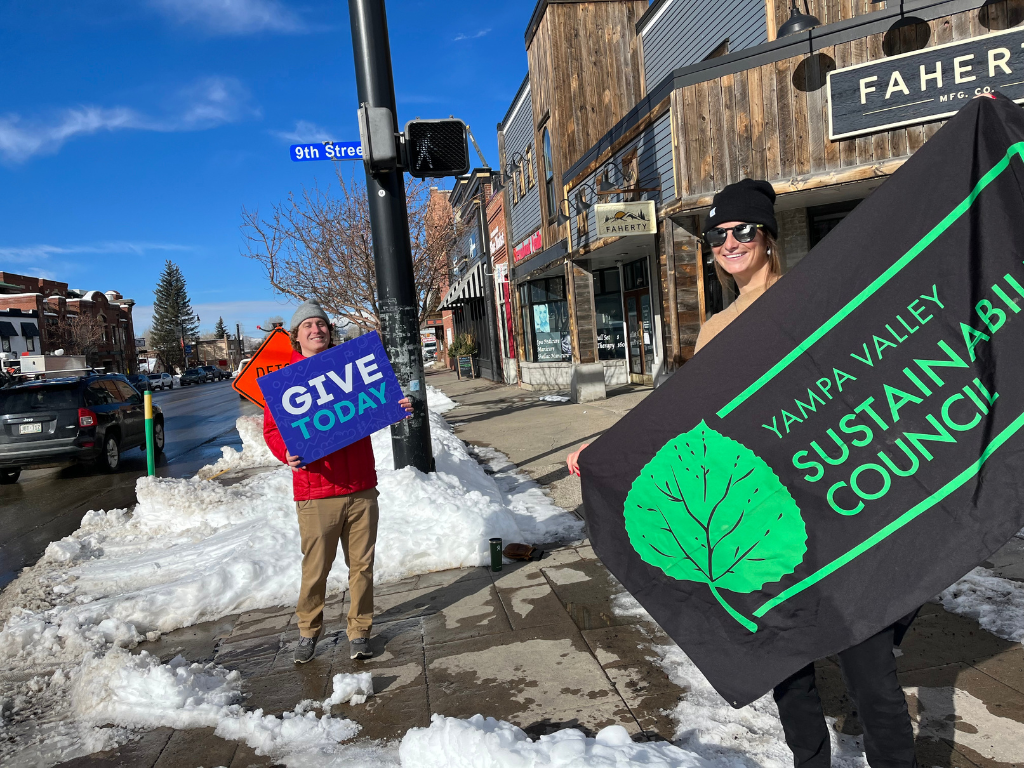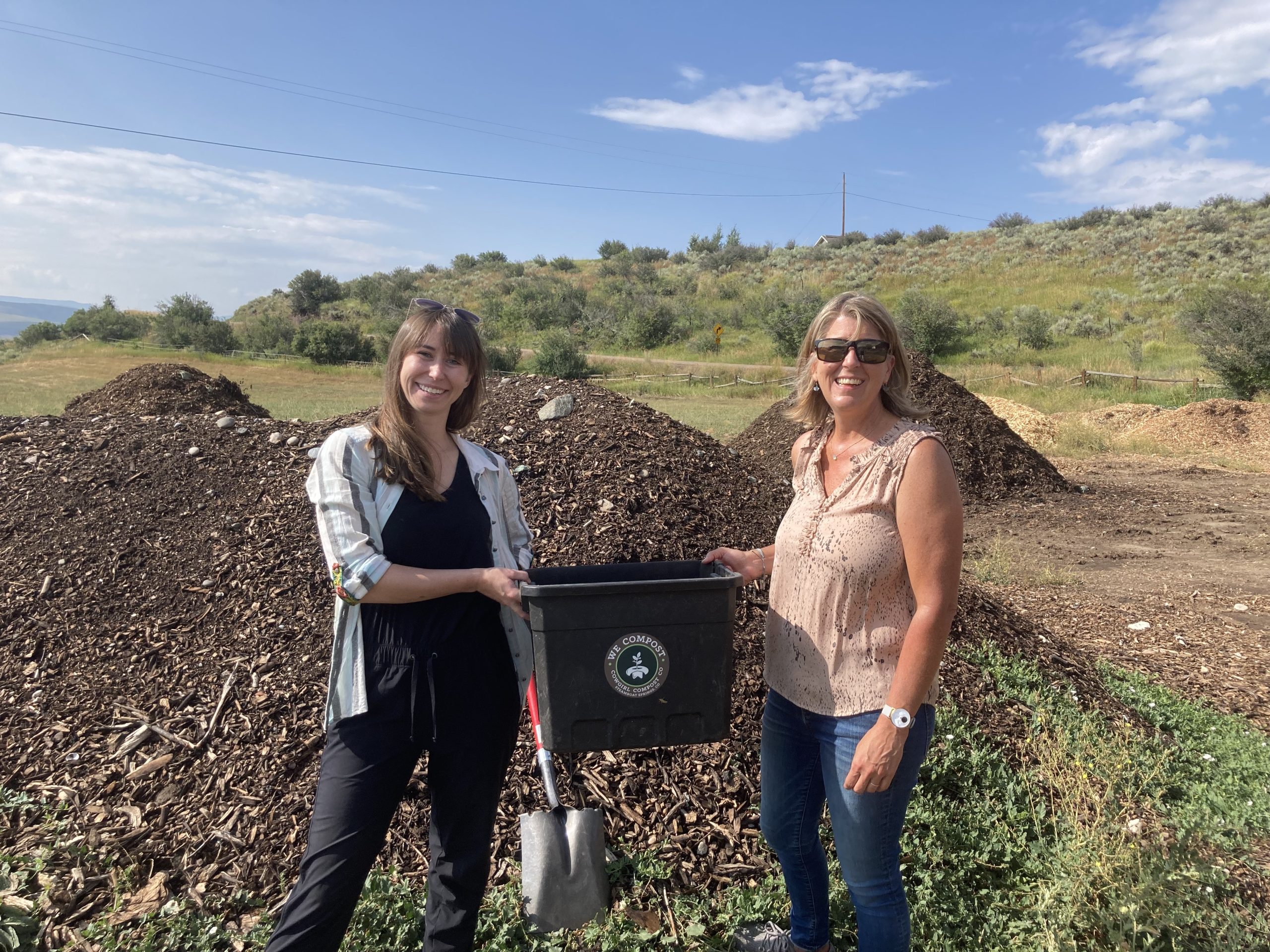JULY 8, 2019 BY
Here comes the Sun: Colorado communities organizing to tap solar resources
Nonprofit Solar United Neighbors launches effort to establish Denver project
The Fort Collins group has more than 85 members so far and people can sign up until Aug. 8. There’s interest in starting chapters in Grand Junction and Pueblo, Carter said.
“The Craig Chamber of Commerce recently joined the Solar United Neighbors Yampa Valley Co-op in an effort to support economic diversity and reduce our operating costs by owning our own system,” Jennifer Holloway, the chamber’s executive director, said in an email.
Solar United Neighbors started in 2007 as a community project in Washington, D.C. Carter said the organization is now in 13 states and has overseen 3,500 installations for a total of 30 megawatts of electricity.
The organization considers itself a facilitator for communities that want to make the transition to renewable energy, Carter said. Several Colorado communities as well as utilities and the state have set goals of eventually getting 100 percent of their electricity from renewable or carbon-free sources.
A recent report said that solar installations in Colorado increased 19 percent in the first three months of this year, making the Centennial State 12th among states with the most solar projects. The report by the Solar Energy Industries Association said Colorado added 39 megawatts of solar power through the first quarter of this year, up 19 percent from the same period in 2018.
One megawatt provides enough electricity for about 200 homes.
Joining a Solar United co-op is free, Carter said, and there’s no obligation if someone decides not to have a system installed.
The organization has a support desk in D.C. to help members with technical issues.
“With the process of the co-op, there are the cost savings because of economies of scale,” Carter said. “With multiple people going in we do see savings of anywhere from 10, 15 up to 30 percent.”
The 30 percent federal tax credit for a solar installation drops to 26 percent in 2020 and 22 percent in 2021.The residential tax credit then phases out.
The overhead cost for each co-op is about $20,000, which the organization raises through grants, donations and contributions from local governments and individuals. The city of Fort Collins gave Solar United a $30,000 grant to help form the co-op there.
Solar United also gets a $600 development fee from the company selected for each installation.
“Through the process, we’re bringing them dozens and dozens of folks,” Carter said of the companies.
Solar United will work with members as they consider various financing options, but doesn’t recommend specific programs. Carter said the organization also emphasizes education, advocacy and encouraging local economic development. It received a grant from an anonymous donor to send four people in the Yampa Valley through Paonia-based Solar Energy International’s training and certification program.
As a longtime partner of the local energy industry, it makes sense for the Craig Chamber of Commerce to support new jobs in the solar industry, Holloway said. “This is the type of sustainable job creation that we encourage in the Yampa Valley,” she added.






